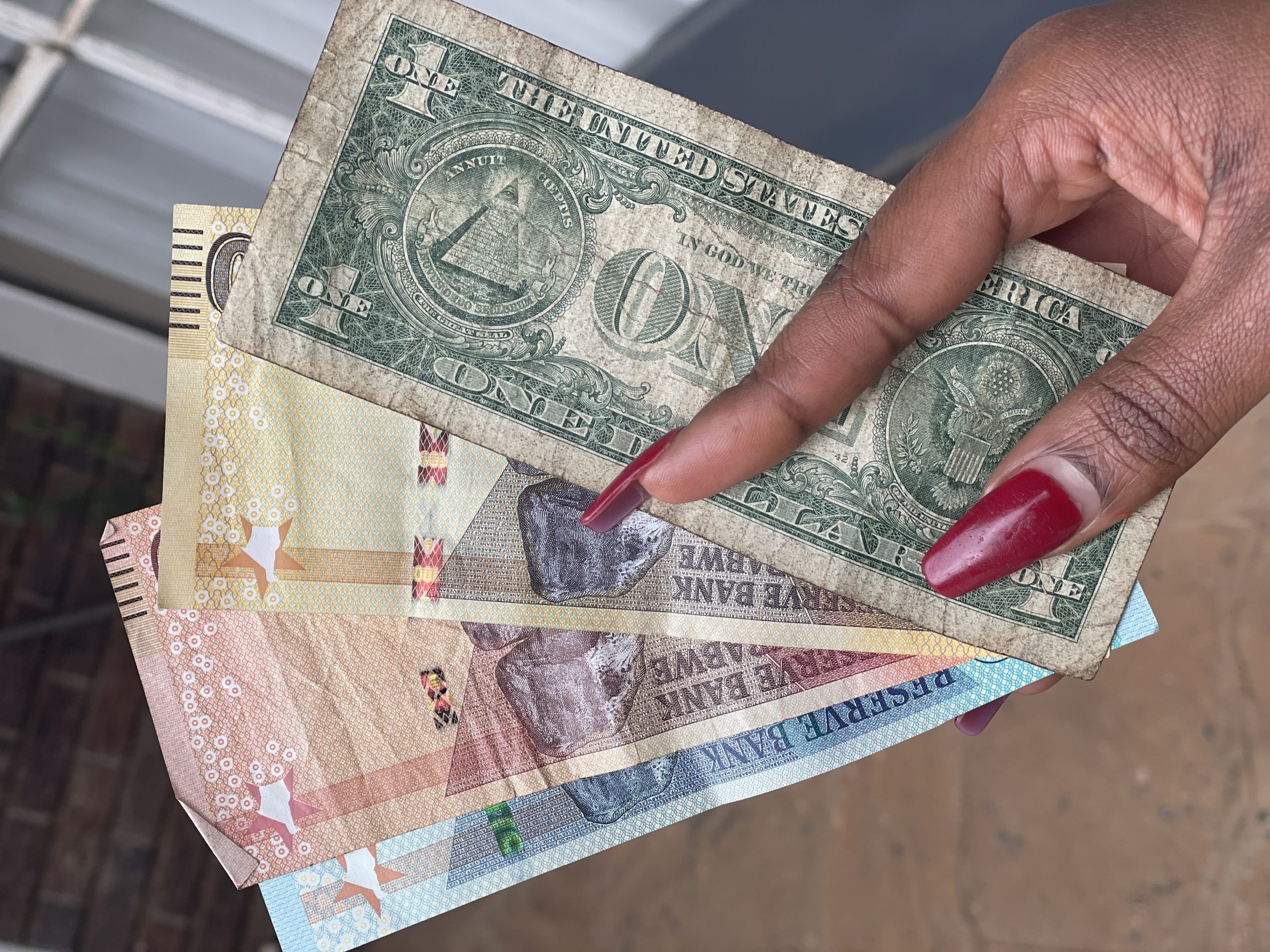…as budget figures become more astronomical each year
By ETimes
BUDGET OVERVIEW
Overall
- The government is anticipating Total Revenues of ZWL$53.9 trillion in its 2024 Fiscal Budget, which represents a 155% rise from the projected outturn of ZWL$22.6 trillion for the 2023 Fiscal Year which itself was a 1279% increase from the initial budget estimate of ZWL$3.9 trillion.
- Total Expenditures for 2024 are budgeted at ZWL$58.2 trillion, a 157% rise from the projected 2023 outturn of ZWL$22.6 trillion and a 1271% from the initial estimate.
- A budget deficit of ZWL$4.3 trillion is expected for the 2024 Fiscal Year, widening from the ZWL$1.4 trillion projected for 2023.
- The 2023 Budget deficit was financed by Treasury bills amounting to Z$305.9 billion, a trade finance structure of US$400 million from AFREXIMBANK and US$9 million disbursement from active loans.

Expenditure Structure
- Employment costs remain the primary source of expenditure for the government, accounting for 48% of the 2023 Fiscal Budget and expected to take 44% of the 2024 Budget. Resultantly, the structure of the Budget remained relatively unchanged, with a marginal increase in capital expenditure

Expenditure by Function
- The proportional distribution of fiscal funds to ministries was roughly the same as the initial 2023 Budget


Infrastructure Expenditure
- Overall spending towards infrastructure, including devolution, for 2024 amounts to Z$10 trillion, comprising fiscal resources of ZWL$8.1 trillion, statutory and other resources of at ZWL$1.4 trillion, development partner support of ZWL$189.9 billion, and loans of Z$322.2 billion.
- Health infrastructure received the highest priority with an allocation of ZWL$2.1 trillion followed by housing with ZWL$1 trillion.
- The Road Fund is expected to add ZWL$709 billion to raise total spending on Road Projects to ZWL$1.4 trillion in 2024.

KEY POLICY DEVELOPMENTS
- Only licensed and tax compliant traders will be able to procure goods from manufacturers and wholesalers
- The VAT registration threshold is proposed to be reduced to US$25 000 or the equivalent in ZWL.
- A Sugar tax will be levied on beverages that contain sugar at 2c per gram of sugar and the funds raised will be used to purchase medical equipment to treat cancer
- Individuals will be subject to a wealth tax of 1% of the value of residential property above US$100,000, although individuals above 70 years will be exempt.
- Ordinary and emergency passport fees will increase by US$80 to US$200 and US$300 respectively.
- The corporate income tax rate has been increased from 24% to 25%.
- 20% Capital Gains Tax of the proceeds on transfer of a mining title is now chargeable on any mining title.
- The ZWL PAYE tables have been widened to ZWL9,000,000 for the year and the tax-free ZWL bonus threshold has been increased from ZWL500,000 to ZWL7,500,000 (With effect from 01 November 2023).
- Export tax on un-beneficiated lithium, uncut and cut dimensional stone has been increased from 5% to 6%.
- Payments of less than US$5,000 or the ZWL$ equivalent to farmers for the delivery of grain to GMB are exempted from withholding tax.
- The statutory reserve levy on fuel will be calculated at the rate of US$0,05 per litre of petroleum product and at the rate of US$0,03 per litre of diesel.
- Insurance companies will be subject to a Statutory Motor Insurance Levy calculated at a rate of US$0,20 on each dollar of the total value of all premiums paid to any insurer whose claims ratio falls below 75%.
COMMENTARY AND ANALYSIS
The initial take is that structurally, there is little change from the previous budget. Broadly speaking, on paper the money is more or less being spent in the same way. The budget fell under the theme “Consolidating Economic Transformation” and more broadly under the National Development Strategy 1 (NDS1)- so continuity makes sense. On further analysis, there is a bit of ambiguity on whether there has been growth or contraction in the budget in real terms. At the current exchange rate there is moderate growth, even after factoring in 25% depreciation in the ZWL there is growth while at a 50% depreciation there is contraction. This makes it difficult to interpret the budget in the wider context of the current economic development policy regime. With the budget figures becoming more astronomical with each year, the presentation is becoming a bit moot, maybe even farcical. At the same time, historical under-investment in key economic areas such as health, roads and energy is starting to catch up with Zimbabwe. Low domestic output, continued international isolation and limited credit access have placed the ordinary citizen at the centre of the Government’s resource mobilization strategies. It is a situation that will undoubtedly create tension and heighten the demand for more tangible signs of progress and improvement going forward – Harare

Advertisement



